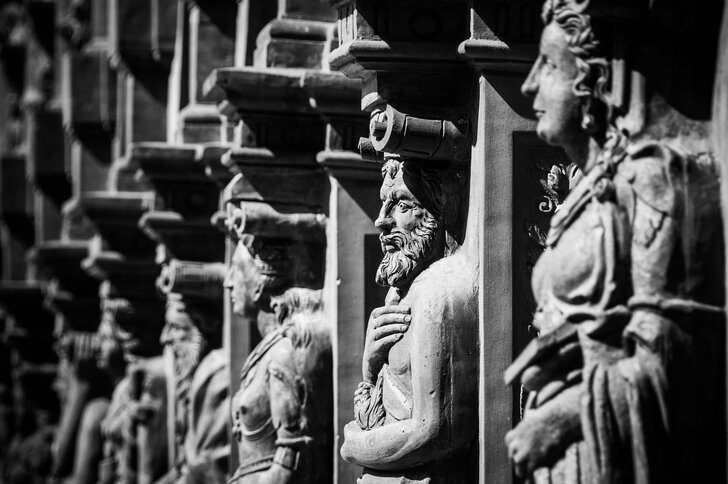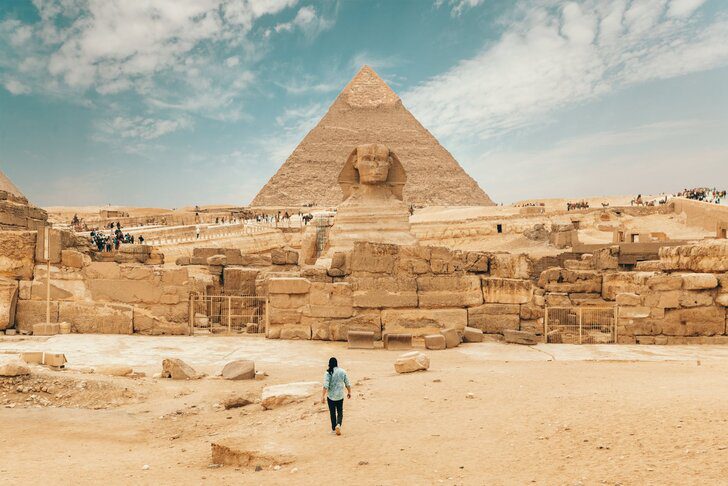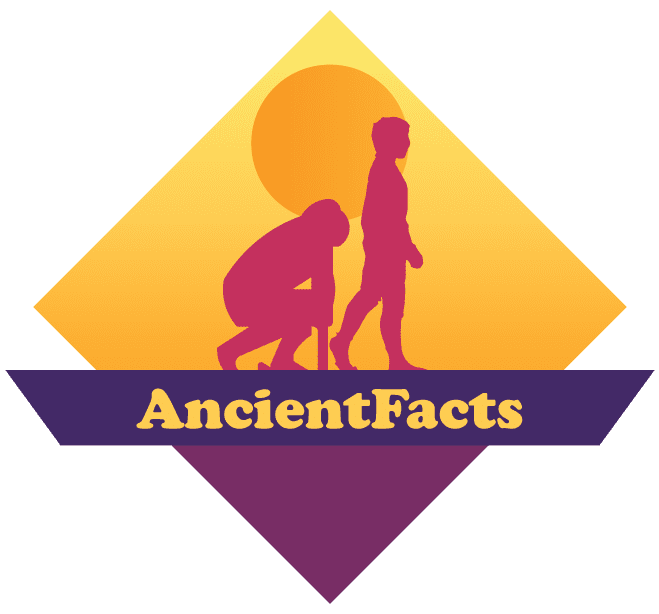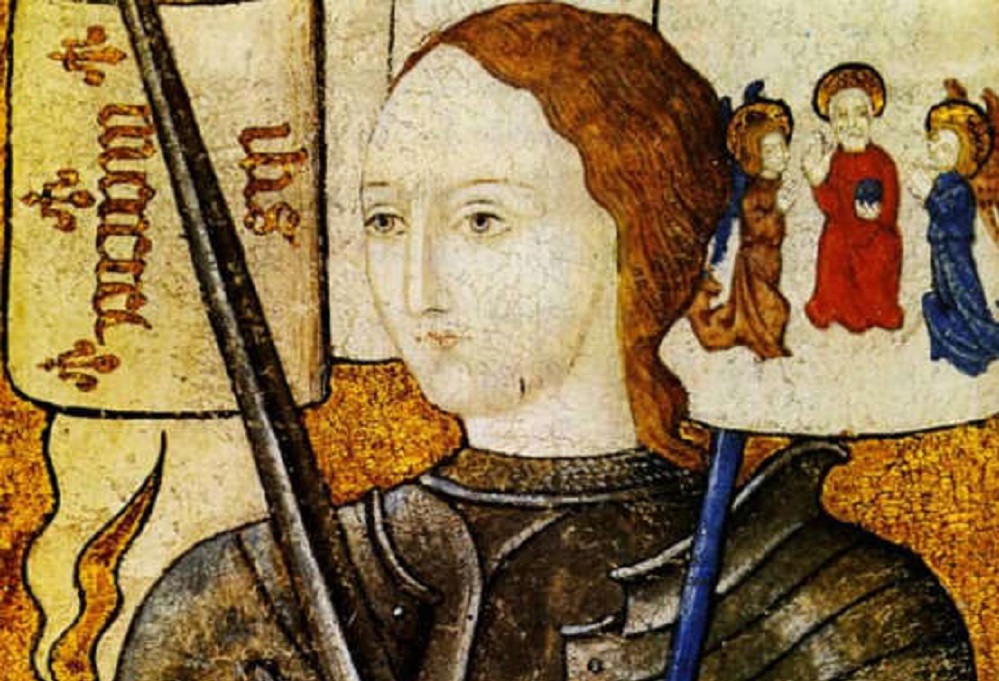A human being can never completely isolate from society. Even on a desolate island, Robinson Crusoe had the company of Friday with him. So, no matter how self-centered a person is, how much he/she hates human association, he/she will forever need the company of at least one person to thrive in this world. Even an unborn embryo is constantly connected to its mother, isn’t it?
That’s the most basic reason why people look out to establish connections with others like them. Communities, as they’re called in the modern era, are built on this very premise. In fact, the concept of “sticking together” is not entirely new. It has existed for centuries in the form of civilizations in different parts of the world, many of which continue to influence us even today.

Pixabay/Pexels | The concept of “sticking together” has existed for centuries in the form of civilizations in different parts of the world, many of which continue to influence us even today
To delve a little deeper, and build up on the curiosity that’s now budding inside of you, here’s our compilation of 3 of the most ancient civilizations that are still impacting the 21st century way of life. Join us for a fun trip down some chapters of human history!
#1 - The Mesopotamian or Sumerian Civilization
While the rest of the world was busy carving out an identity for itself, the Mesopotamians made a major breakthrough as they brought it into being the first-ever civilization. But where exactly is Mesopotamia? Going by the ancient world map, this place was located to the southeast of the Arabian plateau and to the Northeast of the Zagros mountains which is in modern day-Iraq. Although the civilization prospered around 3300 BC to 750 BC, 8000 BC was somewhat the time when the Sumerians began settling down, growing crops, and raising cattle.
But did the “Fertile Crescent” of Mesopotamia only grow itself agriculturally? Nope! The Sumerian cities of Eridu, Ur, and Uruk built palaces and tall temples; developed a writing system by scratching clay tablets which were called cuneiform; spearheaded astronomy, mathematics, astrology; invented irrigation, pioneered the concept of hours, minutes and seconds, and even started the first schools. No wonder why Mesopotamia is called the “Cradle of Civilization”!

© The Human Origin Project | The Mesopotamian were the first builders of temples, along with the initial writing system and several domains of study
#2 - The Indus Valley Civilization
Considered to be the second oldest civilization, the Indus Valley civilization flourished from 2600 BC to 1900 BC at the heart of the Indus Valley which in present-day extends from Pakistan and north-west India to north-east Afghanistan.
Also known as the Mohenjo-Daro civilization and the Harappan civilization, the people of Indus Valley settled along the banks of river Indus and river Ghaggar-Hakra. Like the Mesopotamian civilization, this one too achieved new heights as they taught the world how to measure mass, length and time. And who can ever forget the highly sophisticated baked-bricked buildings, near-to-perfect sewage system, spacious streets, and the very alluring Great Bath! The entire city had a captivatingly well-planned history!
#3 - The Egyptian Civilization
Much like the way America has reached the summit of development with the guidance of the Pilgrim Fathers; the Pharaohs are to be credited with the entirety of Egypt, under whose reign settlers tilled the soil and built villages around the bank of river Nile in 3100 BC.

Spencer Davis/Pexels | The Pharaohs are to be credited with setting up Egypt, along with their architectural and academic excellence, as well as mind-boggling inventions
Oh, what a culturally rich civilization it grew up to be! Jaw-dropping architectural buildings such as the Pyramids at Giza and the Great Sphinx; academically excellence depicted through the unparalleled mummification practice; mind-boggling inventions like the entire system of Hieroglyphics featuring syllabic, alphabetic, and logographic characters, as well as scriptwriting on papyrus - you name it and you’ll find instances of it in history.
Wrapping it up
Standing in the post-modern world, the daily conundrum of urban life seems utterly disgusting at times. If we could invent the time machine, beyond a shadow of a doubt, we would’ve time-warped to the enchanting lands of these civilizations. For the time being, let’s be a Mesopotamian, Harappan, or an Egyptian in our imagination!




